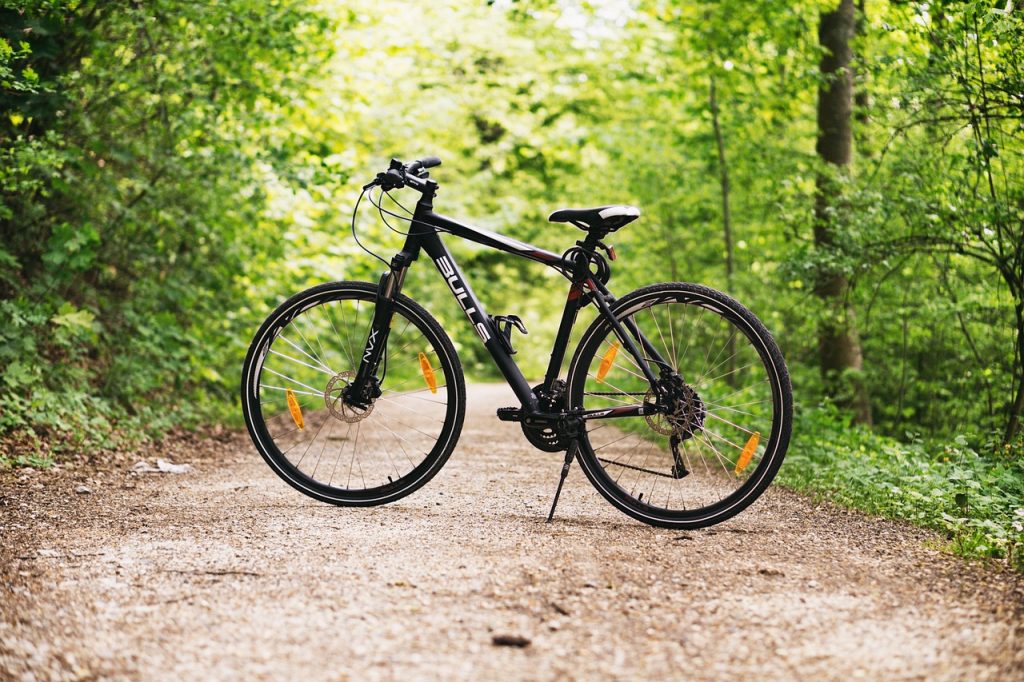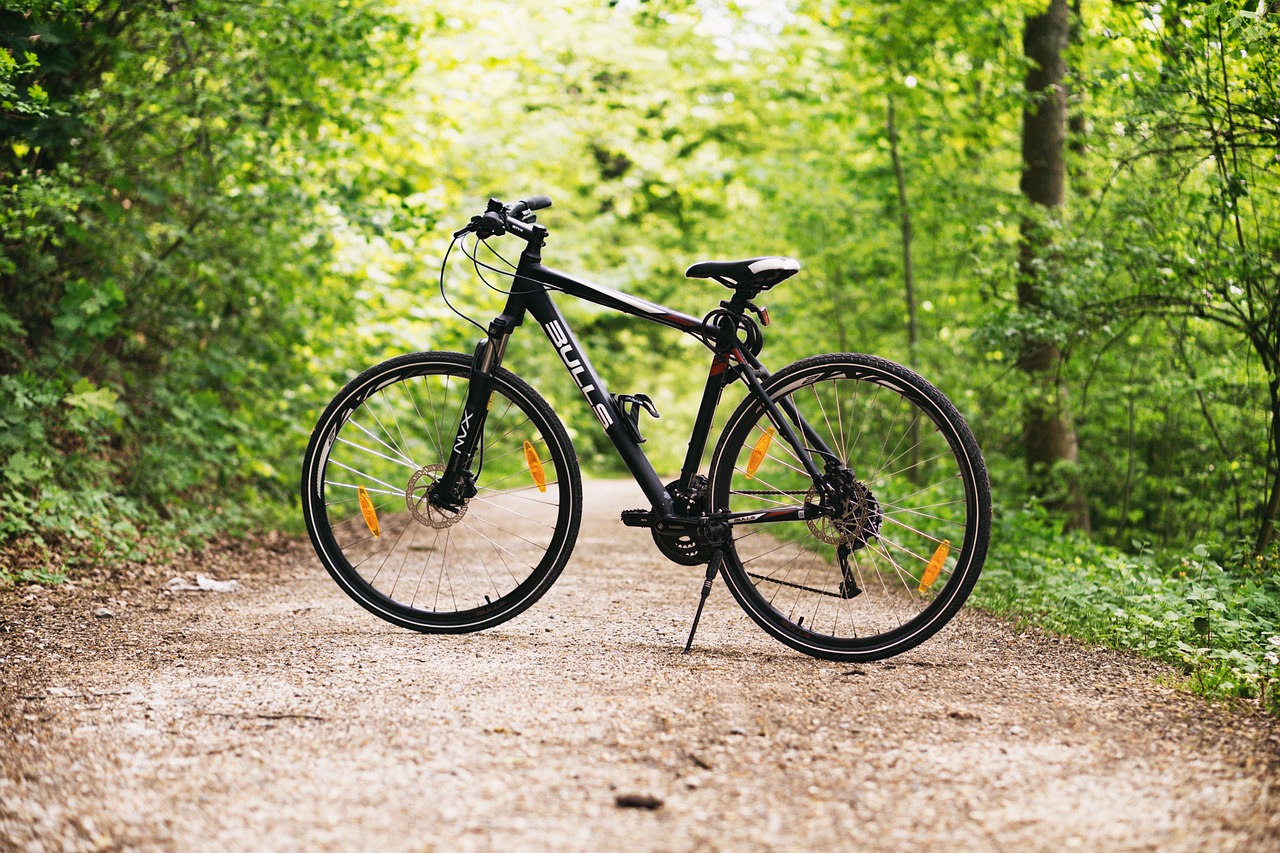How Many Watts Is Enough For An Ebike?
Are you in the market for an ebike but find yourself puzzled by the range of wattage options available? Look no further! This article will help demystify the relationship between watts and performance when it comes to ebikes. Whether you’re a casual rider or adventurous off-roader, understanding how many watts are enough for your ebike will ensure a smooth and enjoyable riding experience. So, buckle up and get ready to explore the world of electric bikes and discover the perfect wattage for your needs.

Factors to Consider
When choosing an electric bike (ebike), there are several factors you need to consider to ensure that you make the right choice. These factors include the terrain you’ll be riding on, the weight you’ll be carrying, the speed at which you want to travel, the distance you’ll be covering, your fitness level as a rider, and the budget you have for purchasing and upgrading your ebike. By considering these factors carefully, you can choose an ebike that best suits your needs and preferences.
Terrain
The terrain you’ll be riding on plays a crucial role in determining the type of ebike you should choose. There are three main types of terrain that you may encounter: flat, hilly, and off-road.
Flat Terrain
If you primarily ride on flat terrain, such as city streets or paved bike paths, you can opt for an ebike with a lower power rating. Since there are no significant inclines to conquer, you won’t require as much assistance from the motor.
Hilly Terrain
For riders who frequently tackle hilly terrain, it’s essential to consider a more powerful ebike. Hilly terrain puts added strain on the motor, so choosing an ebike with a higher wattage will ensure that you have enough power to easily conquer those challenging inclines.
Off-road Terrain
If you’re an adventurous soul who loves exploring off-road trails, you’ll need an ebike specifically designed for such terrain. Off-road ebikes often have more robust motors and larger batteries to provide the necessary power needed for off-road riding.
Weight
The weight you’ll be carrying on your ebike is an essential factor to consider. It includes both the weight of the bike itself and any cargo or additional items you’ll be transporting.
Bike Weight
The weight of the ebike itself can vary significantly based on its design, materials used, and additional features. Lighter ebikes are generally easier to maneuver and require less power to operate. However, if you plan to carry heavy loads, such as groceries or equipment, you may need to opt for a sturdier ebike that can handle the additional weight.
Cargo Weight
Consider the weight of any cargo or items you’ll be carrying on your ebike. If you frequently transport heavy loads, such as camping gear or a backpack filled with work essentials, you’ll need an ebike with a higher weight capacity and a powerful motor to handle the added weight.
Total Weight
When calculating the total weight your ebike will need to support, make sure to include your weight, the weight of the bike, and any cargo. Remember that a heavier load requires more power from the motor, so choose an ebike with sufficient power for your needs.
Speed
Determining the desired speed of your ebike is crucial in finding the right model. Consider both the maximum speed you want to achieve and the average speed you’d like to maintain during your rides.
Maximum Speed
The maximum speed of an ebike can vary depending on the motor’s power and the model’s design. If you prefer a faster ride, look for an ebike with a higher maximum speed rating. However, keep in mind that regulations regarding maximum speeds may apply in your area, so ensure you comply with local laws.
Desired Average Speed
If you plan to use your ebike for commuting or leisure rides and wish to maintain a consistent speed, consider a model with a motor and battery capacity that can support your desired average speed. This will ensure that you can comfortably reach and maintain your preferred speed without straining the motor or draining the battery quickly.

Distance
The distance you’ll be covering on your ebike is an essential factor to consider when selecting the right model. Whether you have short daily commutes or plan to embark on long-distance travels, your ebike’s range is crucial.
Short Commutes
For individuals with short commutes, such as those who ride to work or run errands in the neighborhood, an ebike with a shorter battery range may be sufficient. Models with smaller batteries are typically lighter and more affordable, making them an ideal choice for short trips.
Long-distance Travel
On the other hand, if you frequently travel long distances on your ebike, you’ll need a model with a more extended battery range. This will ensure that you don’t run out of power during your journeys and can comfortably complete your rides without worrying about recharging the battery frequently.
Rider’s Fitness Level
Your fitness level as a rider is essential in determining the type of ebike that will complement your abilities and preferences.
Beginner
If you’re new to cycling or have a lower fitness level, consider choosing an ebike with a higher power rating to assist you during rides. This will make pedaling easier and allow you to gradually build up your fitness level over time.
Intermediate
If you’ve been cycling for a while and have a moderate fitness level, you might opt for an ebike with a medium power rating. This will provide assistance when needed while still allowing you to actively participate in pedaling.
Advanced
Experienced cyclists or individuals with a high fitness level may choose an ebike with a lower power rating. This allows them to rely less on motor assistance and engage in more vigorous physical activity during their rides.

Motor Power
The motor power of an ebike is one of the most critical factors to consider. It determines the level of assistance you’ll receive and how well the ebike performs in various conditions.
Motor Wattage
The wattage of the motor is measured in watts, and it indicates the power output of the motor. Higher wattage motors provide more assistance, making them suitable for hilly terrain, heavy loads, or riders who prefer a more powerful ride. Lower wattage motors are ideal for flat terrain or riders who prefer a more exercise-focused experience.
Motor Placement
Ebike motors can be placed in different locations, including the hub, mid-drive, or front wheel. Each placement has its advantages and disadvantages. Hub motors provide direct power to the wheel, making them easy to maintain and suitable for flat terrain. Mid-drive motors are positioned near the bike’s bottom bracket, offering better weight distribution and increased efficiency, making them ideal for hilly terrain. Front-wheel motors provide simple installation but may affect steering and overall balance.
Motor Types
There are various types of motors used in ebikes, including geared, gearless, and mid-drive motors. Geared motors are lighter and more compact, providing good torque and efficiency. Gearless motors are reliable and require less maintenance, but they are generally heavier. Mid-drive motors offer better weight distribution, making them ideal for hilly terrain, but they tend to be more expensive.
Battery Capacity
The battery capacity of an ebike determines how far you can travel on a single charge. It’s crucial to consider both the voltage and ampere-hours (Ah) of the battery.
Battery Voltage
The voltage of an ebike battery determines the overall power output. Batteries with higher voltage ratings provide more power and can be advantageous for riders who frequently tackle hilly terrain or carry heavy loads. Lower voltage batteries are suitable for riders who primarily ride on flat terrain or those who prefer a more exercise-focused experience.
Battery Amp Hours (Ah)
The ampere-hours (Ah) measure the capacity of an ebike battery. A higher Ah rating indicates a larger storage capacity, allowing for longer rides without needing to recharge the battery. If you plan to ride longer distances, opt for a higher Ah rating to ensure you have enough power to reach your destination.

Pedal-assist vs. Throttle-only
The choice between pedal-assist and throttle-only ebikes depends on how you prefer to engage with your ride and the level of effort you want to exert.
Pedal-assist
Pedal-assist, also known as pedal-assist electric bikes (PAS), provide motor assistance when you pedal. This means that the motor only engages when you actively participate in pedaling. Pedal-assist ebikes are popular among riders who want a hybrid experience of manual pedaling and motor assistance.
Throttle-only
Throttle-only ebikes, also known as electric motorcycles, provide motor assistance without requiring any pedaling input. These ebikes are ideal for riders who prefer a more relaxed or effortless ride, as they enable you to rely solely on the motor for propulsion.
Budget Considerations
Your budget plays a crucial role in the ebike you choose, considering both the initial cost of the ebike and any potential upgrades you may want to make.
Cost of Ebike
Ebike prices can vary significantly based on factors such as motor power, battery capacity, brand, and additional features. It’s important to set a budget and determine the maximum amount you’re willing to spend on an ebike before beginning your search. This will help you narrow down your options and find an ebike that fits your budget.
Cost of Upgrades
In addition to the cost of the ebike itself, consider any potential upgrades you may want to make. This can include adding accessories such as lights, racks, or suspension systems. It’s essential to factor in these potential costs when setting your budget to ensure that you can fully customize your ebike to your liking without exceeding your financial limits.
In conclusion, when choosing an ebike, it’s crucial to consider factors such as the terrain you’ll be riding on, the weight you’ll be carrying, the speed and distance you’ll be covering, your fitness level as a rider, the motor power and battery capacity of the ebike, and your budget. By carefully considering these factors and understanding how they impact your riding experience, you can select an ebike that perfectly suits your needs, ensuring a safe, enjoyable, and efficient ride.








